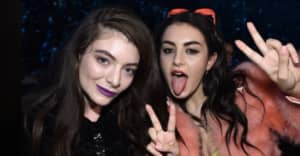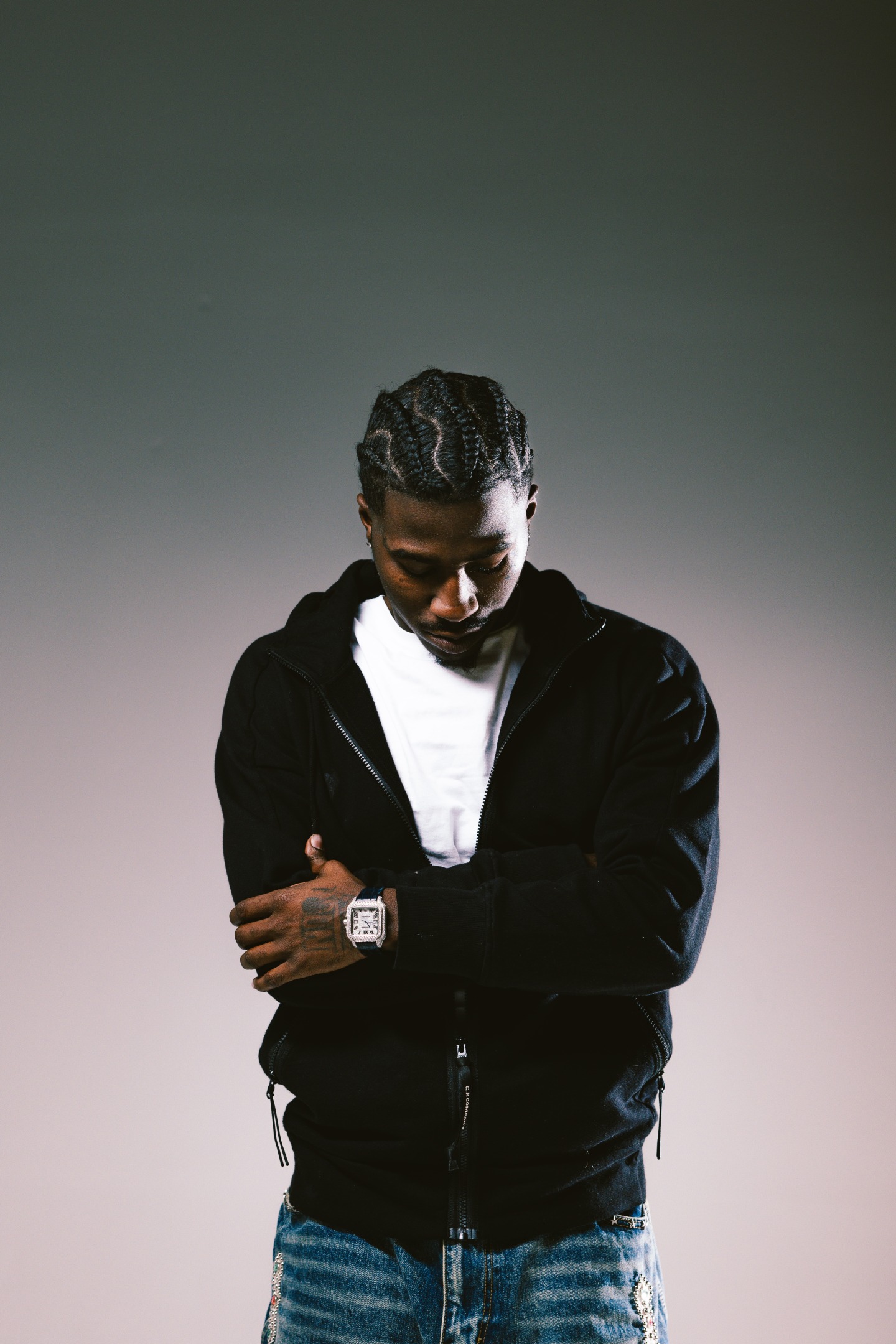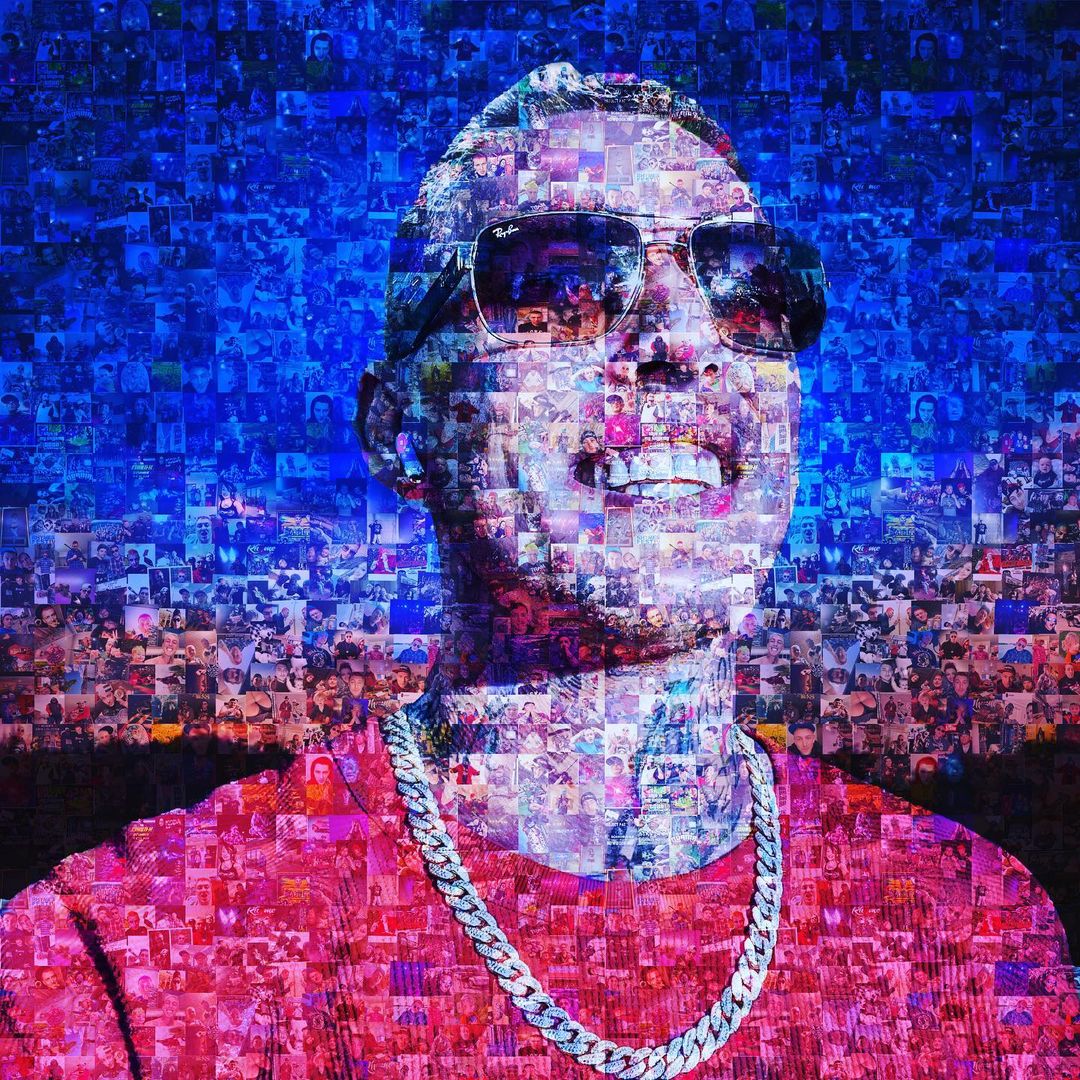The Director’s Label was a definitive document of the MTV era’s waning days. The series of DVDs celebrated music video directors who elevated the form and created a new mini-universe of aspiring auteurs: Spike Jonze, Jonathan Glazer, and Michel Gondry all went on to win Oscars, and underground sci-fi visionary Chris Cunningham helped usher Aphex Twin into popular consciousness with videos for “Come To Daddy” and “Windowlicker” before disappearing. It’s been decades since the Label’s last release, but it remains an essential document of the Golden Age of Music Videos that was brought to its end by falling budgets, sapped attention spans, and a dearth of original ideas.
But a flicker of that originality remains in the work of high school friends Dave Free and Kendrick Lamar, whose collaborations would be worthy of any Director’s Label. The two have worked together on Lamar’s visual identity since the release of his first EP in 2009, first as The Little Homies with Top Dawg Entertainment, then under the banner of their company pgLang from 2019 onwards. Lamar has always benefited from his status as a rap mystic (even if he wrestled with such titles on his album Mr. Morale & the Big Steppers); his co-directed visuals with Free have helped foster that image with a painter’s attention to detail and the strong suggestion of codes to be unlocked beneath the surface.
Free and Lamar’s work stood out from other rap videos from the start of their collaboration. Their clip for 2013’s “Poetic Justice” is a Tubi melodrama shot with sincerity and conviction: the video’s tragic narrative is built without words or clumsy symbols, and from the first reversed exhale of smoke from Kendrick’s homie, the video takes on the texture of a memory, dimly shot as if the light is diminished by the trauma it depicts. “Bitch Don’t Kill My Vibe” might be less successful — you can almost feel it grasping to connect its heavy-handed spiritual symbols before landing on the unsatisfying social critique of “Death to Molly” — but revealed one of Free and Lamar’s abiding concerns: a visual grammar written in a verite font with a dream’s prose.
The early work is tentative compared to those that followed the 2015 release of Lamar’s second album. The highlight from that era is unquestionably “Alright,” co-directed with Collin Tilley. The video keeps the exquisite eye for Angelenos and draws strength from their inner lives to reveal new worlds, where Lamar can fly and police officers carry him and his friends on platforms like African kings. Equipped with new confidence, Free and Lamar upped the scale of the videos released around the time of Lamar’s 2017 project DAMN. The video for Jay Rock’s “King’s Dead” (directed by Free and Dave Begert) is a thoroughly bonkers love letter to Los Angeles, eschewing the somber mood of earlier clips and opting instead to put the rappers in palm trees, eating corn. Free and Lamar are not chasing some anonymous, digitally sanitized visual world: their lives and culture as Black men from Compton are at the forefront of everything they do. To compromise on these images would be to weaken what makes them great.
Such a strong sense of self and identity is what makes the “Not Like Us” video, released late last week, such a crushing blow. The song was released in May as Lamar’s final musical shot at Drake, with whom he’d been trading disses most of the spring. Even before Drake responded to Lamar’s shots, delivered in a guest verse on Future and Metro Boomin’s March song “Like That,” there was an overwhelming sense that the Canadian rapper was out of his depth; despite “Push Ups” and “Family Matters,” two decent retorts, Drake was overwhelmed by Lamar, whose well of resentment (not to mention lyrical talent) ran much deeper. The song became an inescapable global hit and an indelible stain on Drake’s career. Suddenly rap beef was being mentioned at wine mom book clubs and played on airport news channels.
With “Not Like Us,” Free and Lamar pull off a Simone Biles-level flip: turning internet gossip and rap beef into a timeless work. Lamar tried to position his show in Inglewood last month as a West Coast celebration rather than stomping on a rapper’s grave. The “Not Like Us” video merges the two incentives. Opening the video is Tommy the Clown, a beloved L.A. cultural figure and inventor of krumping, the dance style featured prominently in the video, who serves as a kind of master of ceremonies. Later on, Lamar bashes a piñata shaped like an owl, the mascot of Drake’s label, OVO.
Like the tightrope dancer in the music video, “Not Like Us” shuffles effortlessly through a seemingly impossible balance. There could be dozens of Easter eggs alluding to the conflict scattered throughout the music video, and its artful presentation has sent internet commenters into a frenzy of speculation: Kendrick was wearing all white because of the Michael Rubin party Drake was at! The hand gestures during the “little sister” line are a reference to this TikTok! The painting facing the wall represents… something! There’s enough here to place it firmly within the context of the beef that consumed timelines for weeks, but not enough to make it an anchor around the video’s neck. Lamar chills with the Top Dawg roster in Watts and dances with his family — direct responses to Drake’s claim of mismanagement and infidelity, sure, but also vibrant celebrations of the communities that made Lamar. What really pulls it together is the mass of people chanting the track’s hook pull the whole video together. Drake tried a scene like this in a music video once, but it didn’t feel like this. It wasn’t like this, Free and Lamar’s video implies, because they not like us.
Free does not appear to be content in the short-form world, despite his considerable success. He’s said he wants to work in film, and pgLang is working with South Park creators Trey Parker and Matt Stone on a feature-length comedy. Hopefully, the momentum behind the “Not Like Us” clip (tens of millions of views since its release last Friday, and counting) will boost interest from producers in Free’s solo directorial career. The list of hip-hop video directors who’ve moved on to Hollywood is short (and overwhelmingly white), but, more than any other duo in recent memory, Kendrick Lamar and Dave Free have a style and a singularity of vision that recalls a bygone era of the music industry, and one that could transcend it given the right resources.




